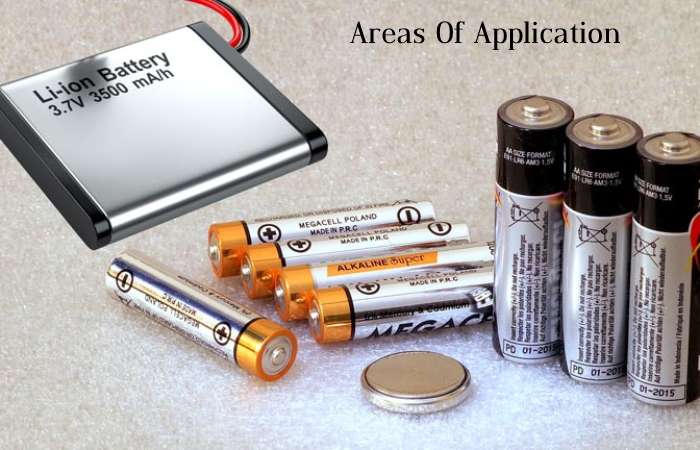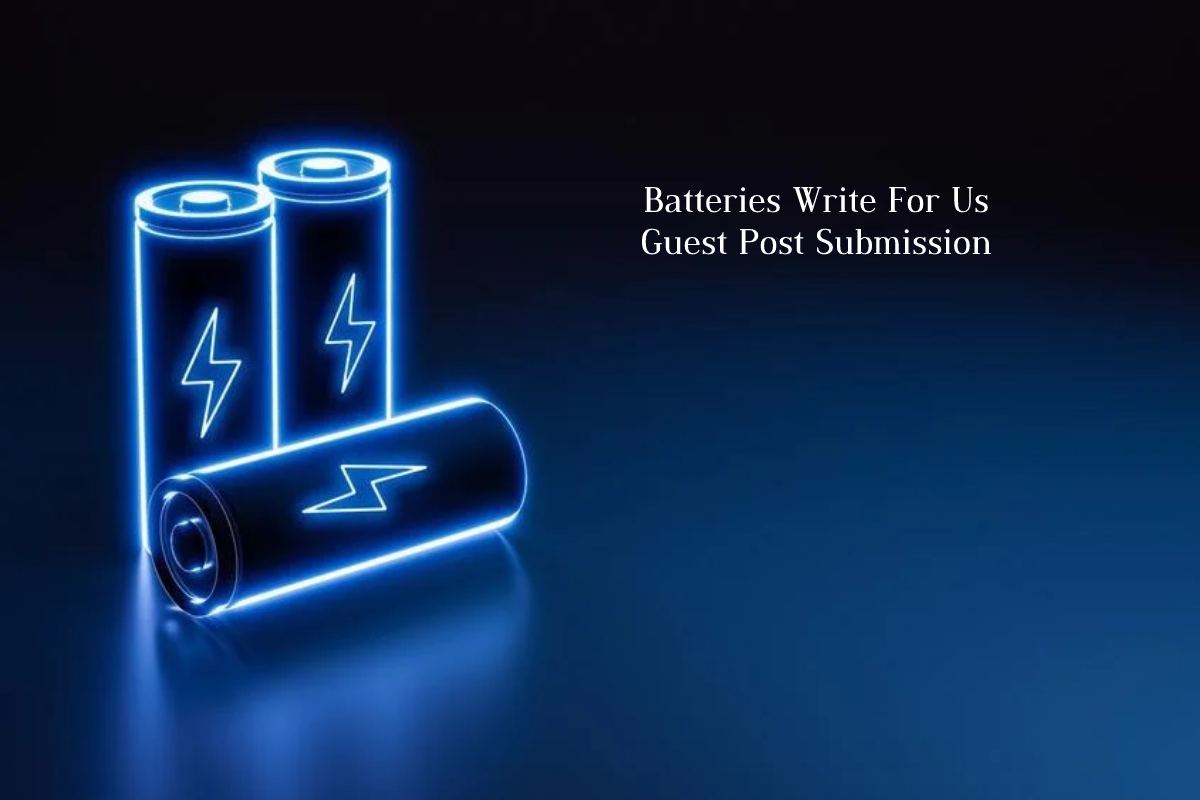Batteries Write For Us – A battery is an electrochemical energy store and converter. During discharge, the electrochemical redox reaction converts stored chemical energy into electrical energy. An electrical consumer can use the converted energy independent of the power grid.
In non-rechargeable primary batteries, the reactions during discharge are not or only partially reversible. In contrast, in rechargeable secondary batteries ( accumulators ), the discharge reactions are primarily reversible, so multiple alterations of chemical energy into electrical energy and back are possible.
The term “battery” describes an interconnection of several galvanic cells. Colloquially, the term is also used for individual galvanic cells.
Due to the many application areas with very different voltage, power, and capacity requirements, batteries are in almost unmanageable designs today.
If you want to write for our blog, please get in touch with Us by clicking at contact@primewebreviews.com
How Does A Battery Work?
Small, electrically charged particles migrate from the negative pole of the battery to the positive pole, generating electricity and thus lighting up your flashlight, for example.
Isn’t it great to use a battery to power your flashlight or iPod without any cables? It wouldn’t be funny if these devices had to be plugged in constantly!
The Principle Of The Battery
Batteries and accumulators work on the principle of the so-called “galvanic cell “. Small electrically charged particles whiz around in a circuit and generate electricity. This will start your flashlight glowing or your iPod playing your favorite music. As shown in the picture below, in a “galvanic cell,” you will find two connected vessels with different liquids and metals.
Areas Of Application
Depending on the area of application, there are the following terms and assignments:
- Device batteries are used to power small, mostly portable devices, for example in flashlights. Particularly small versions are referred to as button cells.
- Starter batteries are used in particular for motor vehicles.
- Electric vehicles have traction batteries.
- Stationary batteries are used in stationary applications such as uninterruptible power supplies.

If you want to write for our blog, please get in touch with Us by clicking at contact@primewebreviews.com
Primary Cells
Primary cells are galvanic cells that cannot be recharged once discharged. The different types are designated according to the materials used:
- alkaline manganese battery; 1.5-volt nominal voltage per cell
- zinc-carbon battery; 1.5 volts per cell
- nickel oxyhydroxide battery; 1.5 volts per cell
- lithium batteries; 2.9 to 3.6 V depending on the cathode material
- lithium iron sulfide battery; 1.5 volts per cell
- Zinc Air Battery; 1.5 volts per cell
- zinc chloride battery; 1.5 volts per cell
- Mercury Oxide Zinc Battery; 1.35 volts per cell
- Silver Oxide Zinc Battery; 1.55 volts per cell
- Sodium Nickel Chloride Battery
Secondary Cells
Secondary or accumulators are galvanic cells that can be recharged after discharge. More information about secondary cells can be found in the main article Accumulator. Common types are also named after the materials used:
Lead accumulator (lead dioxide/lead); 2-volt nominal voltage per cell. The electrolyte ( sulfuric acid H 2 SO 4 ) can be liquid, bound in fleece, or thickened as a gel (lead-gel battery). The lead-acid battery is widely used as a car battery.
- nickel-cadmium battery ; 1.2 volts per cell
- Nickel Metal Hydride Battery; 1.2 volts per cell
- lithium-ion battery; 3.7 volts per cell
- lithium polymer battery; mostly 3.7 volts per cell
- Alkaline manganese battery (English: Rechargeable Alkaline Manganese, short: RAM); 1.5 volts per cell
- silver-zinc battery; 1.5 volts per cell
- nickel-hydrogen battery ; 1.50V per cell
- zinc-bromine battery ; 1.76V per cell
- Sodium Nickel Chloride rechargeable battery (known as Zebra battery)
- nickel-iron battery; 1.2-1.9V nominal voltage/cell
Sizes
Device batteries are often used to describe electrical batteries widely used in everyday life to supply small electrical devices such as clocks, radios, toys, flashlights, etc., and also permanently installed devices such as fire alarms.
Device batteries must be compact, used in any position, and light yet mechanically robust. They must not leak or outgas during intermediate storage and use in the device. They are commercially available in various designs based on zinc-carbon or alkaline-manganese batteries.
Looking For
We are looking for talented bloggers and writers to share posts on our blog. If you are interested in guest posts or advertising on the Prime Web reviews Site, please read the guidelines before submitting.
If you want to write for our blog, please get in touch with Us by clicking at contact@primewebreviews.com
Content Requirements To Write For Us On Prime Web Reviews:
The number of words in a post should be at least 800+ with high quality and correct English.
The article must be unique and cannot be published anywhere.
You should add at least 1 image to the post, which should be 600px wide.
Do not add promotional links in the post. If you want, contact us.
Besides the body of the article, we also need a short introduction about your post in around 25 -50 words.
Search Terms Related To Batteries
battery
electric power
electrochemical cells
electrical devices
cathode
negative terminal
anode
positive terminal
redox
high energy reactants
lower energy products
free energy
external circuit
electrical energy
battery
Primary
single use
disposable batteries
discarded
electrode
alkaline battery
flashlights
Secondary (rechargeable) batteries
lead-acid batteries
lithium ion
laptop
mobile phones.
hearing aids
wristwatches
huge battery banks
emergency power
telephone exchanges
data centers
specific energy
fuels
gasoline
combustion engines
battery
chemical energy
electrical energy
chemical reaction
circuit
components
direct current (DC)
electricity
more efficient
electric power distribution
electric vehicles
mobile phones
What Can You Earn By Writing For Us On Prime Web Reviews?
Your article will be shared on social networks (Facebook, Twitter)
You will receive back-links for the published post.
The writing can be exposed to our users, not just yours.
How to submit the guest post?
Double-check your writing and insert it into a Word or text document
Email it as an attachment to contact@primewebreviews.com
Notes: Not all items will be accepted, and we reserve the right to amend items. We will send you the link to your post if the article is approved.
Related Pages:
Direct Mail Services Write For Us
Digital marketing Campaign Write For Us

